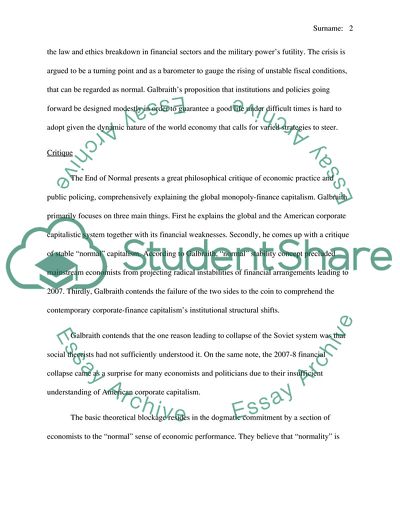Cite this document
(“The End of Normal James K Galbraith Book Report/Review”, n.d.)
The End of Normal James K Galbraith Book Report/Review. Retrieved from https://studentshare.org/literature/1871153-book-review-of-the-end-of-normal-by-james-k-galbraith
The End of Normal James K Galbraith Book Report/Review. Retrieved from https://studentshare.org/literature/1871153-book-review-of-the-end-of-normal-by-james-k-galbraith
(The End of Normal James K Galbraith Book Report/Review)
The End of Normal James K Galbraith Book Report/Review. https://studentshare.org/literature/1871153-book-review-of-the-end-of-normal-by-james-k-galbraith.
The End of Normal James K Galbraith Book Report/Review. https://studentshare.org/literature/1871153-book-review-of-the-end-of-normal-by-james-k-galbraith.
“The End of Normal James K Galbraith Book Report/Review”, n.d. https://studentshare.org/literature/1871153-book-review-of-the-end-of-normal-by-james-k-galbraith.


